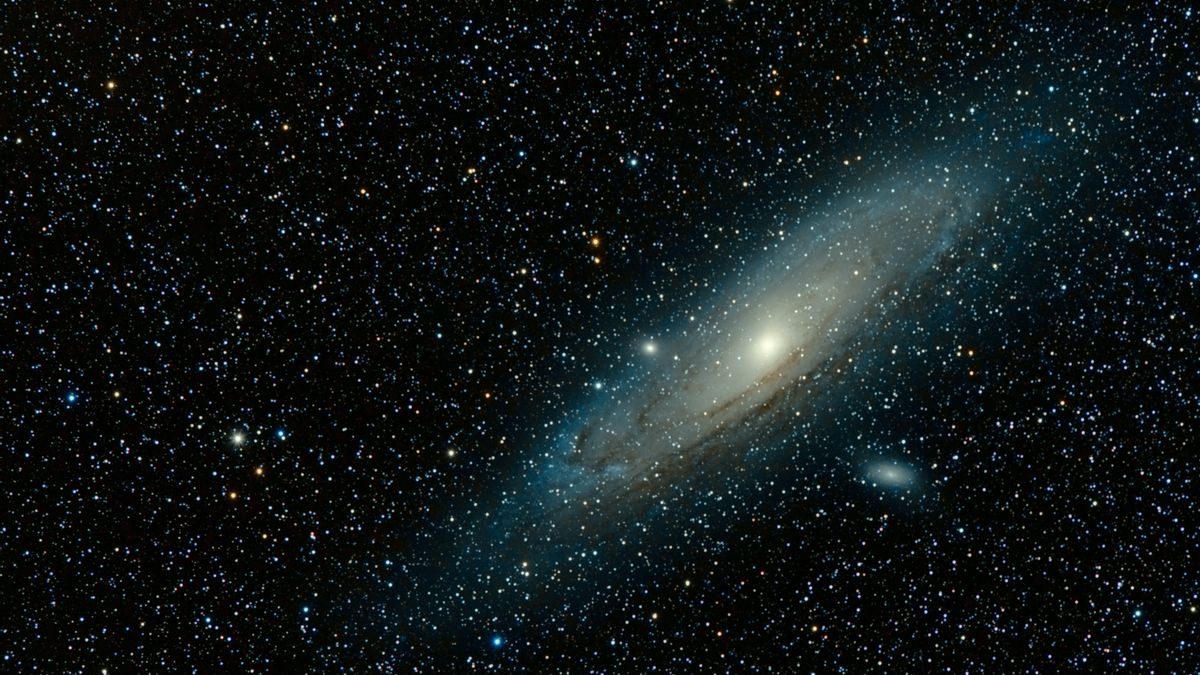JAKARTA - The vastness of space stimulates the adrenaline of astronomers and scientists to explore outer space. Not a few of these astronomers have also managed to find exoplanets or planets outside the Solar System that resemble Earth and the Sun.
If calculated, for every five Sun-like (type G) stars in the Milky Way galaxy, it is estimated that there is one Earth-like planet. There could even be 6 billion planets that are similar to Earth.
"My calculations place an upper limit of 0.18 Earth-like planets per G-type star. That means less than six billion stars may have Earth-like planets in our Galaxy," said University of British Columbia (UBC) astronomer Jaymie Matthews, as quoted by Science Alert , Sunday, June 21.
According to his estimates, the Milky Way galaxy has as many as 400 billion stars and 7 percent of them are type G, with exoplanets like the Sun. All stars, type G, are believed to be habitable zones in which a rocky planet can hold liquid water, and potentially live, on its surface.
This certainly updates the results of previous estimates of the frequency of Earth-like planets, which are only 0.02 planets, with considerations to have stars like the sun or more. Generally, planets like this are difficult to detect because of their small size and their orbits that are very far away.
Even if you look at the planet catalog, only a fraction of the type G exoplanets orbit around sun-like stars. Some of them are gas giant planets with a spectrum much smaller than Earth.
Another UBC researcher Michelle Kunimoto highlights the possibility that there are more Earth-like planets out there. Kunimoto used a technique known as 'forward modeling' to estimate the proportion of Earth-like planets that might have been missed in the search for the Kepler Telescope.
"I mark each planet as 'detected' or 'missed' depending on how likely my planet search algorithm will find it. Then, I compare the detected planets with the actual planet catalog," he explained.
"If the simulations produce a close match, then the initial population is likely a good representation of the actual population of planets orbiting those stars," Kunimoto continued.
As for how a planet is said to be like Earth if it has a rocky surface and orbits a star like the Sun. Star with type G itself has a size of 0.84 or 1.15 solar masses with a surface temperature of between 5,000 and 6,000 kelvins.

Kunimoto's research also sheds light on one of the most salient questions in exoplanet science today: the planet's 'radius gap'. The gap in radius shows that it is not uncommon for planets with orbital periods of less than 100 days to have sizes between 1.5 and twice the size of Earth.
Where based on previous research, NASA's Kepler telescope mission succeeded in archiving 200,000 stars in a decade of its mission. The Kepler telescope itself is a NASA mission to find and characterize Earth-sized planets in orbits around sun-like stars.
"This planet is about a thousand light years away, so we won't get there anytime soon. But this is a very interesting discovery, because there are only 15 confirmed small planets in the Habitable Zone found in the Kepler data so far," said Kunimoto. .
The English, Chinese, Japanese, Arabic, and French versions are automatically generated by the AI. So there may still be inaccuracies in translating, please always see Indonesian as our main language. (system supported by DigitalSiber.id)













